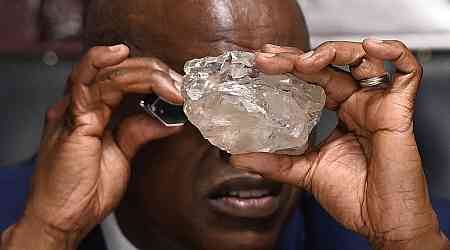
A hard workout can come back to haunt you. When you wake up the next morning and try to get out of bed, everyday motions like rolling over and standing up can make your muscles whine in pain. You might have wanted to exercise again, but now you’re wondering: Can I still work out if I’m this sore?
Well, it depends.
“Soreness isn’t necessarily a bad thing,” says exercise physiologist Alyssa Olenick. Some degree of soreness is normal when you train hard or challenge your muscles in new ways. It’s a natural effect known as delayed onset muscle soreness (DOMS), in which discomfort typically peaks within 48 hours post-exercise, then usually goes away within 72 hours. It happens because putting different or higher demands than usual on our muscles can lead to tissue breakdown, which triggers an inflammatory response. (Don’t worry—that breakdown isn’t bad; the repair process that follows is actually how our muscles grow stronger.)
[time-brightcove not-tgx=”true”]“Your body basically brings a ton of immune cells to that muscle tissue, because it wants to go in and clean up that muscle breakdown,” Olenick explains. “And the soreness that you feel is actually just the swelling and all those cells coming in to clean up that breakdown, putting pressure on your nerves in your muscles.”
Read More: Cuddling Might Help You Get Better Sleep
The key thing to pay attention to is just how sore you feel. If the pain is up to about a “three” on a scale of one to 10, that’s perfectly fine to push through, according to Rick Richey, faculty instructor for the National Academy of Sports Medicine. You might just need to adjust your workout based on your soreness level, Olenick adds, lifting lighter weights or running a little easier, for instance.
However, if your soreness is more than just a mild ache, take it as a sign to back off. “Your body is smart: It’s telling you that you’re sore so you don’t do it again,” Richey says.
In this instance, it’s best to give your body time to recover—even if your fitness tracker says it’s time to push hard. Some trackers are equipped with a “recovery” or “readiness” score based on your heart rate variability, which picks up on total systemic stress in your body. (A reduced variation between heart beats is a signal that your nervous system is in more of a fight-or-flight mode.) “Your heart rate response doesn’t necessarily know that your muscles hurt,” Olenick says.
If you do try to push through extreme soreness, that could mess with the recovery process, undercutting the work you put in. “The recovery from the workout is [when] the protein synthesis actually takes place and you start to build muscle and build strength,” Richey adds. “If you cut the recovery too short, then you’re not going to get the benefits you want.”
Read More: 7 Metrics Everyone Should Know About Their Own Health
What’s more, working out on super-sore muscles simply isn’t very beneficial. “If you’re very sore, that impacts the strength of your muscles,” says Carol Ewing Garber, professor of movement science and education at Columbia University Teachers College. Sore muscles are not able to produce as much force and will usually fatigue more quickly. So even if you wanted to do 20 push-ups, you might not be able to get through them all or go as deep as usual. Richey adds that intense soreness can throw off your form, so you might not get the intended benefit of the exercises you’re doing—and could even end up injuring yourself.
There’s also a rare but serious condition called rhabdomyolysis—often shortened to “rhabdo”—that can happen. “It occurs when somebody really overdoes it and causes very significant damage to the muscle,” Garber says. Rapid muscle breakdown can lead to kidney damage that, in extreme cases, can be life-threatening.
Read More: Should I Use a Foam Roller?
So what should you do when you’re so sore you can hardly move? Listen to what your body is craving, and take a rest day. That doesn’t necessarily mean you need to be stationary, though. It can actually be helpful to do a little light movement like walking, low-intensity cycling, or a gentle yoga flow. Although it might hurt initially to get up off the sofa and start, you’ll likely feel a little better by the time you sit back down. “Getting blood flow to those tissues can help the body do that cellular cleanup it’s trying to do,” Olenick says. Massage might also be useful for the same reason, Garber adds.
If you’re really itching for another hard workout, you can focus on muscles that don’t hurt—for instance, do a leg day if your arms are aching. “If you’re sore in one muscle, it’s localized,” Richey says. “You’ve got a whole different portion of your body that you can start looking at exercising.”
Yet even if you’re following a dedicated workout program or training for something big like a triathlon, taking a day or two off won’t ruin all your hard work. Remember, recovery is where the magic happens. “Some muscle soreness is a good thing in the long-term because then as the muscle repairs, it becomes stronger and becomes more resistant to soreness occurring in the future,” Garber says. So give your body the time it needs to heal. “It’s good to be a little patient.”
























